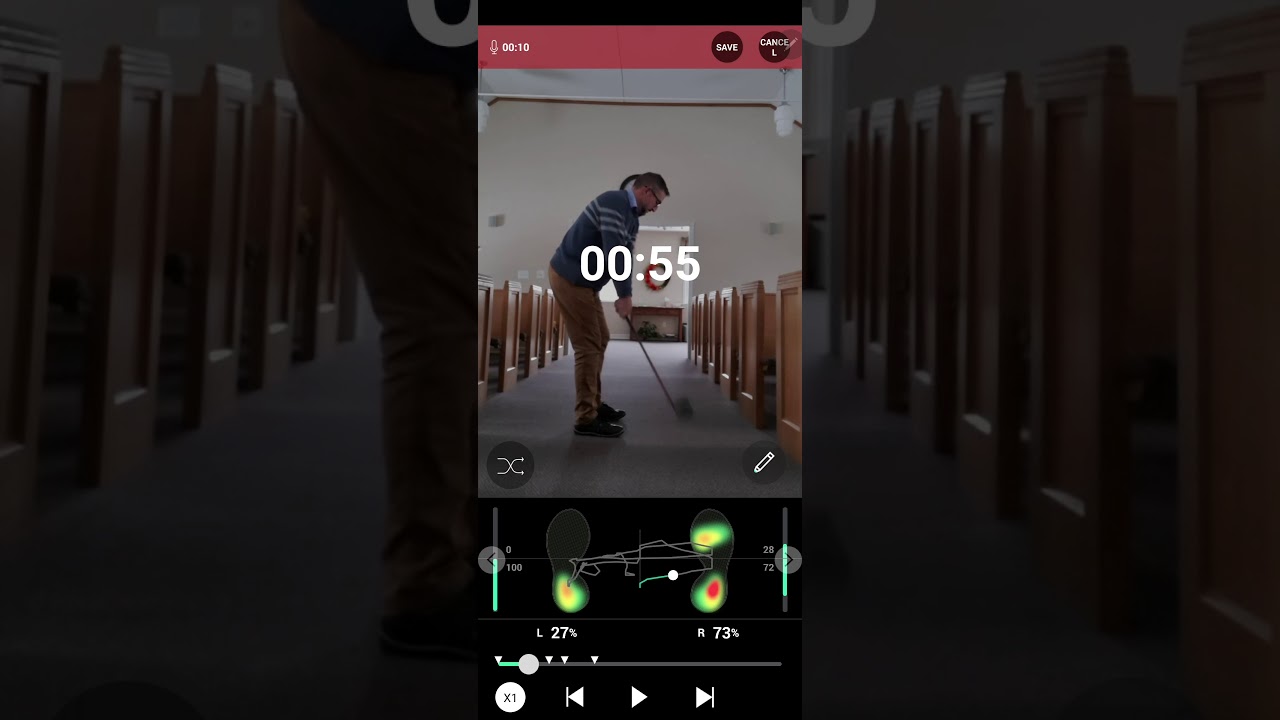Some of you may have seen this pair of insoles that function as pressure plates.
I have ordered a pair myself; they are coming today. As one who geeks out on golf data, I’m pretty excited. I’m adding this to my SkyTrak, Swing Speed Radar, Zepp, etc.
The key to having all this data, of course, is knowing what it means, when it signals that something is wrong, and how to use the data to work on your game. With most of my other devices, that’s pretty easy; I’ve read and learned enough to know how to use that information to improve.
But using pressure plates in the golf swing is relatively more obscure than some of this other data, and I have to admit that going into it, I don’t know what I’m looking for. Does anyone have a link to a tutorial or video on using a pressure plate to improve at golf? There are things that I’m sure I’ll learn through trial and error, but I’d love to have a running start.

